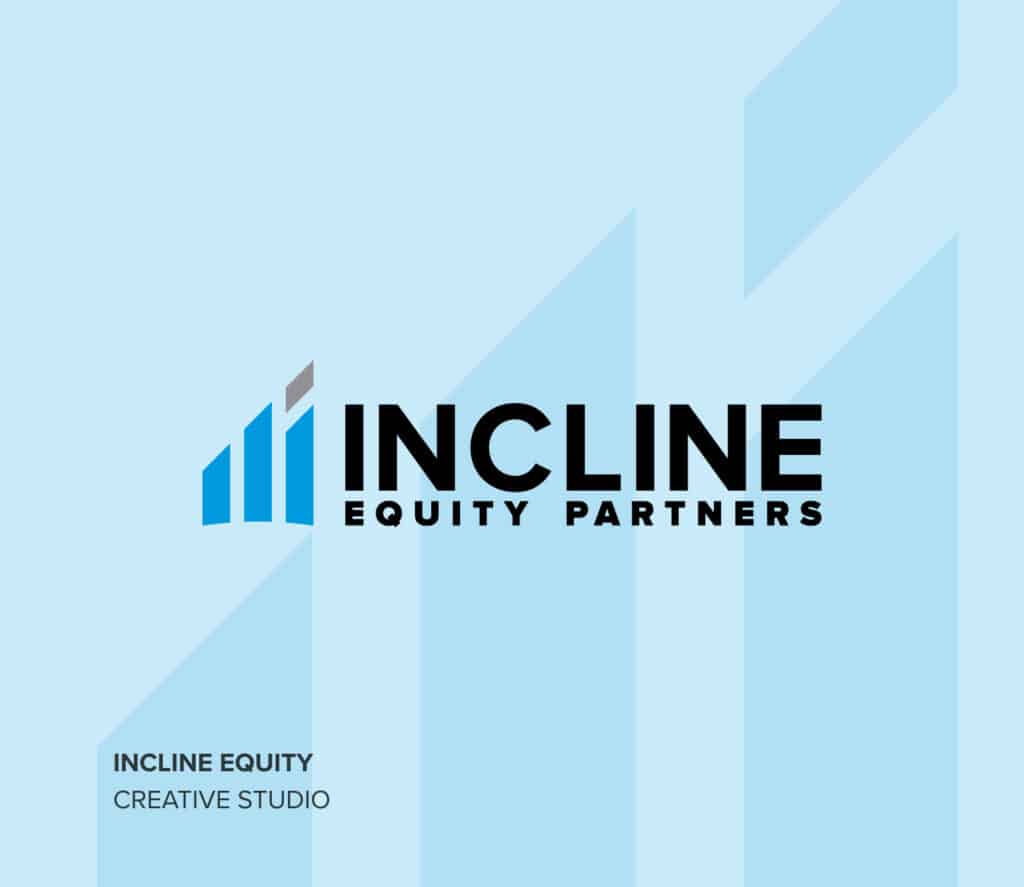The Coronavirus crisis has seen more people staying in and working from home than ever before. Ongoing restrictions for many means that the time we’re spending on screens and scrolling through news feeds has increased considerably. From the perspective of marketing and communications professionals, this presents new opportunities to engage with our audiences – but the fast-changing and sensitive situation means we had to get it right. Right for our audiences, right in the context of the news of the day and of course right for our organisations and clients. So the question is: how can marketing, communications and content professionals – facing fierce competition for engagement (from competitors and newsflow) – create content that stops the scroll?
We took this question to our latest webinar, joined by Rob John, Membership Director at the Content Marketing Association; Shindy Chen, CEO of content agency Scribe, and; Andrew Oxlade, Global Head of Content at Schroders, to unpick and debate the topic.
The discussion opened with the trends shaping our industry, with Rob John reminding us that content marketing has had to change its focus. In this new normal, businesses are not able to buy and sell in the same ways as before – so many are pivoting to a focus on educating and engaging with their audiences. For example, we have seen fast food chains like KFC encouraging followers to recreate their favourites – a trend which has captivated many social media users. Lloyd’s bank recently launched a new campaign, continuing its partnership with Mental Health UK,, reassuring customers who may be struggling that they are supported.
With brands turning around content campaigns at a pace that, for many, is faster than normal, keeping audiences front of mind is key. It’s about telling the stories they want and need to hear – not necessarily sharing the stories your business wants to tell.
All of our panellists emphasised the importance of making sure your content is audience-led; what will interest them? What length will be most effective? And how do we convince them to pay attention, click and read on?
The first port of call for communicating your content is, naturally, its headline. Key to making this stand out, according to Shindy Chen, is to be guided by the four Us: Urgent, Useful, Ultra-Specific, and Unique. All-too-often, headlines are the make-or-break point for readers – and if it doesn’t grab, spark or make the reader pause, they will simply scroll on.
A big part of creating a catchy headline and valuable content is taking an anthropological approach: as Andrew Oxlade reminded us, understanding the human element is key. In times of such societal and economic flux, many readers are looking for reassurance and compassion.
We’ve seen many financial institutions communicating more frequently and clearly with their customers since the start of lockdown. Effective content right now is really two-pronged – with a view to both educating audiences, and to building out a sense of community. Because, really, we all want to be spoken to in our own language, on our own terms, and by someone – or something – that we like and respect. Brands that aren’t following these rules, during a time when audiences have more time to consume, will not only be missing a trick in terms of driving engagement, but will be remembered for not reaching out.
To watch the webinar in full, click here.


